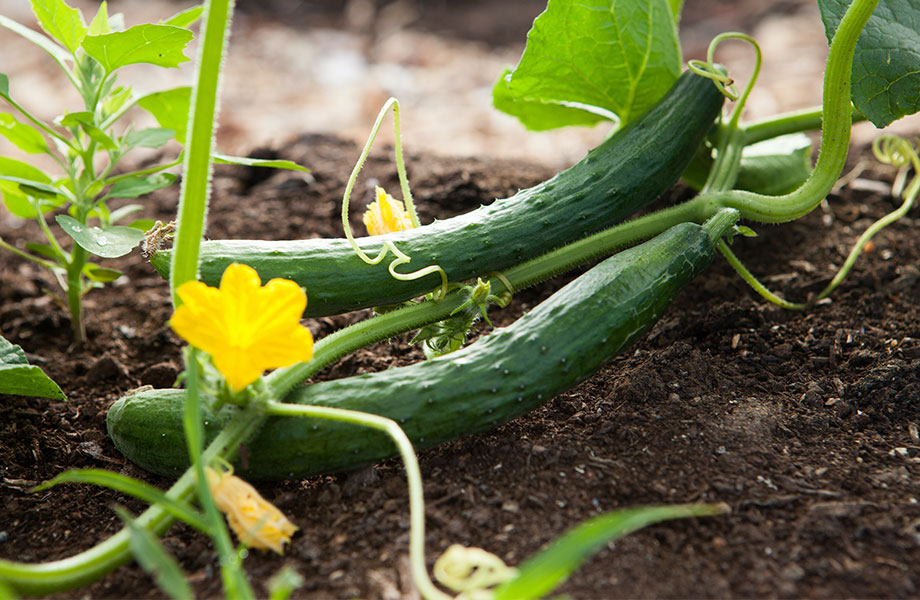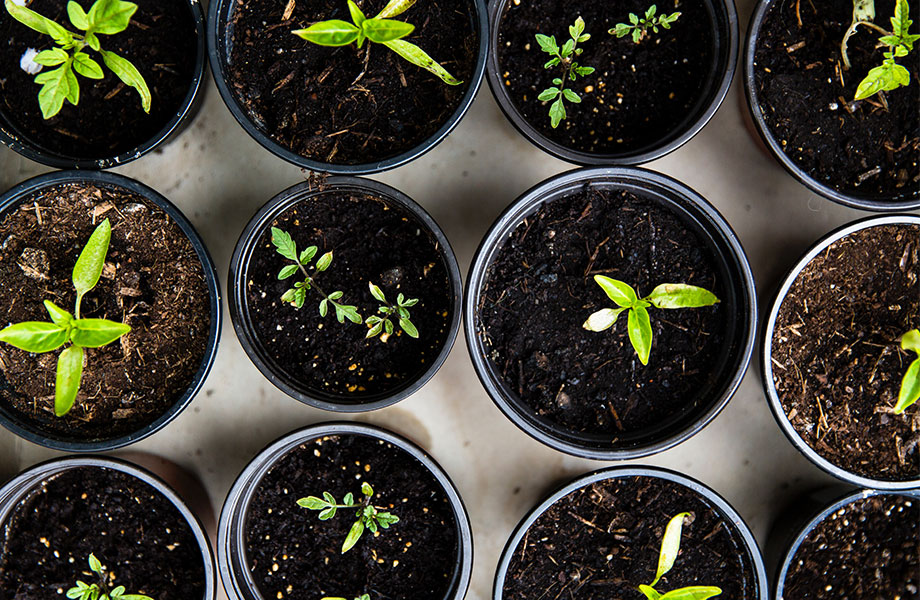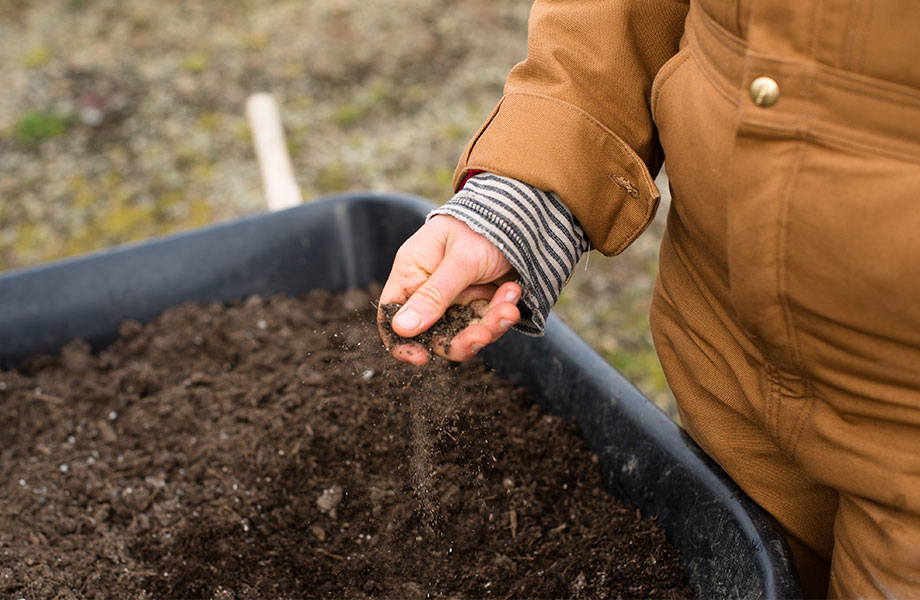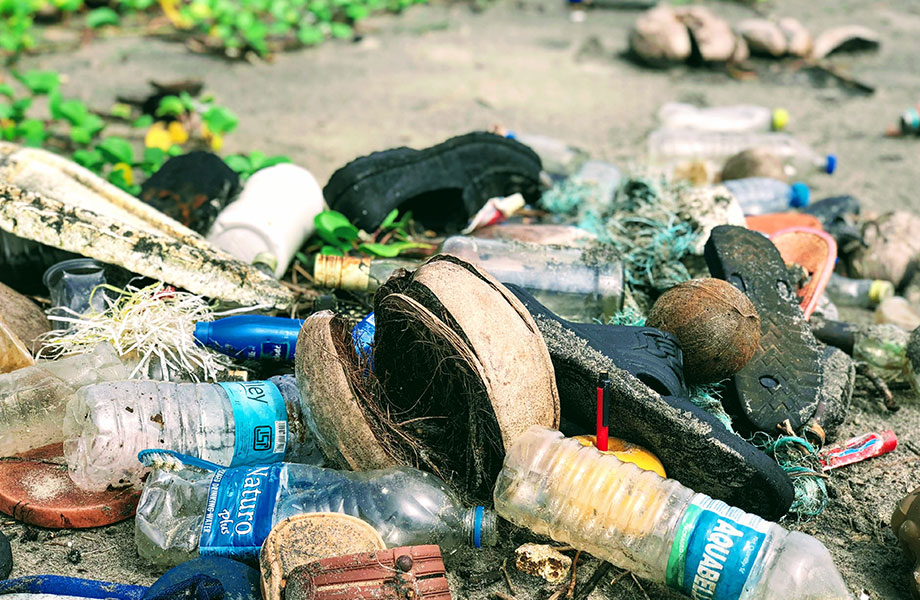What soil to use for your next garden project
The first step when growing anything in your backyard is to find the right soil for your purpose. From a fertile potting mix for growing vegetables to a sandy overturf to add that little bit extra to your green lawn, it can often feel overwhelming when it comes to choosing a soil. Especially when there are so many brands and types to choose from.
When you’re asking yourself what soil to use for your next garden project, there are a lot of terms bandied about. These might be ’ultra’, ‘premiere’ or ‘premium’. But what do they really all mean? Let’s break it down.
Breaking it down
There are three general categories when it comes to soil mixes — all of which usually fit into a price category.
- Normal grade soils are not labelled with anything special. And these are usually your cheapest option.
- Premium soils have a few added extras as well as a higher nutrient density.
- Top tier soils are usually made with a base free from green waste and blended with the highest quality ingredients. These are soils that are built to last for long periods.
Set Standards
Unfortunately, with the exception of Western Australia, there is no state-wide or otherwise set standards when it comes to ‘growing media’. And that means labelling can often be deceptive and confusing when shopping around. To find out what soil best fits your purpose you will need to consider a few things.
- How much time can I put into growing my plants? If you are time poor it is better to spend a little extra on your soil. If, however, you have time to spare you might want to consider something more cost effective. You’ll have the time to test it and add to it as you wish.
- How often am I able to water my plants? If you often forget to water your plants it might be worth getting a high-quality blend with a wetting agent included.
- Do I have a budget to stick to? If you have a budget you will need to weigh up what is going to be more cost effective for you in the short term and long term. Is it better to spend a bit more on soil in the beginning, or pay for amendments or top ups in the future?
- Do I want something that is eco-friendly? If you’re looking for something eco-friendly that won’t harm the environment, a soil free from green waste is a good way to go.
- Do I want a soil that is consistent in quality? A soil free from green waste is usually more consistent.
So what’s the difference?
When it comes to soil, an average-grade soil may provide a more attractive prospect in terms of price. However, you could end up losing in the long term due to some of the common soil pitfalls.
Premium soils and high-grade soils are blended to last and often use rock substrates or other materials to bulk up the soil. These rock substrates are important. They provide extra drainage for your plants. And they keep your soil level, even when the organic matter in your soil starts to deplete.
This is also why soils and potting mixes labelled as fast release are not necessarily the best type of soil to go for if you want plant growth sustained over long periods. That initial boost may make your plants look green in the first few weeks but won’t continue to feed your plant long term.
Many customers turn to a premium grade soil once they see that the soil in their pots has compressed and dropped. This is a visible indication the nutrients are all spent in the mix.
That is not to say normal grade soils have no purpose. Your normal grade soils are still filled with organic matter and usually some handy additives. These are perfect for filling holes and divots. They can also make a great base if you want to make your own growing medium. Or they can be used in composting. However you will need to test the pPH, top up with nutrients and fertilisers, and keep to a consistent weekly watering schedule.
On the other hand, if you are looking for something that won’t need replenishing throughout the year, spending that bit extra is worth it.
Different types of soil on the market
Some of the different types of soils you are likely to come across are:
- Fill Soil (Unscreened): Fill Soil is a product that hasn’t been through a screened process. It is perfect for filling behind retaining walls or using to patch up large holes.
- Screened Soil: Also known as a Sandy Loam, Screened Soil is a dark sandy soil. It’s often used as a base for a garden mix—you can add your own organics and other ingredients for the perfect mix. It’s also suitable as an under turf.
- Garden Soil: There are different ingredient combinations for your average garden soil so it’s important to read the label and compare. Here at Rock ‘N’ Soil ours is a premium mix with a combination of screened soil, sand, sawdust, chicken manure, ash and compost. Our mix has great drainage capabilities.
- Overturf: Soil labelled as overturf or top dress has a higher percentage of sand in its base. It’s used to give tired looking lawns a boost. It’s also great for filling in and leveling out any holes, protecting exposed roots and increasing drainage capabilities.
- Underturf: Underturf is a dark mineral sand with a small amount of organics. It’s designed for using under your turf as you are laying it. It also offers great drainage capabilities and gives your new turf a boost from organic matter.
- Premium Garden Soil: When choosing a premium garden soil, look for something with high organic matter. The higher this is, the longer your soil will feed your plant. Our Premium Garden Soil features a 30-40% addition of organic content mixed with sand, silt and clay. The balance of this mix allows water and air to penetrate. And the organic matter and clay content help to retain the water and nutrients.
Top Tier Soils: Checking your label for green waste
If you are happy to spend that bit extra or are looking for a product where you will get a consistent mix each time, look for a soil free from green waste.
What is green waste?
Green waste is biodegradable waste that’s usually composed of garden or yard waste. These are grass clippings, tree branches, palm fronds and other organic material from your outdoor space.
Organic matter in the soil is generally a good thing. It will continue to break down and mature, providing nutrients and growing your plants. However, there are some issues when it comes to using green waste, particularly in your soil.
First, because there are no set of standards when it comes to green waste, if people decide to be lazy and chuck in other waste products to the green waste bin they might end up in your bag of soil. This is why sometimes you might find pieces of plastic in your growing media. Or you might find it’s turned a funny colour when you leave it sitting in your garage. Not only is this bad for the garden, but your pets or kids might also be playing in this rubbish.
How are modern soils different?
Most soils are made with a base of green waste. But there has been a shift in recent years. And modern soils are moving toward something that is healthier for people and better for our planet. These new soils don’t put harmful chemicals or plastics back into the earth or compromise our soil ecosystem. So, if you consider yourself a bit of an eco-warrior make sure you look for a growing media that doesn’t use green waste.
This tier of soil is also much easier to keep consistent. With green waste batches, each one will be slightly different. This depends on what combination of organic matter has been donated to the tip that week. Top Tier soils, like the Botando Garden Soil, stocked by Rock ‘N’ Soil, is made from a natural soil base, sourced from the one location—providing that consistency and quality.
Contact us
If soil had a resume then this would be it! But if you’re still wanting more than we totally understand. That’s what our product info page is for! Perhaps you are hanging out to know how to create you own garden bed? Keep tabs on our how to page for a blog on this topic coming soon. And if there’s anything else, remember you can contact the expert team at Rock n Soil any time!













